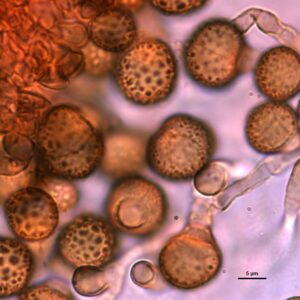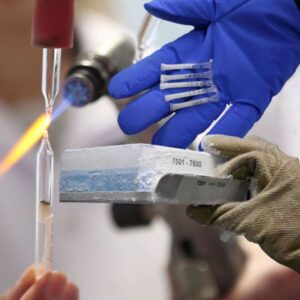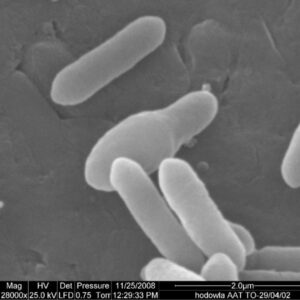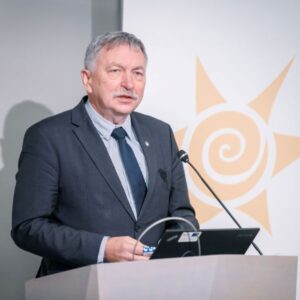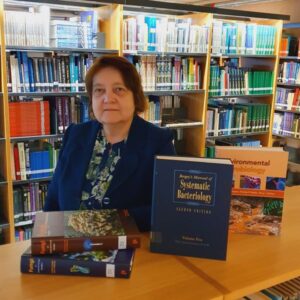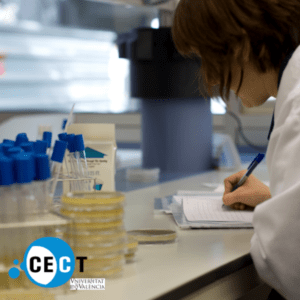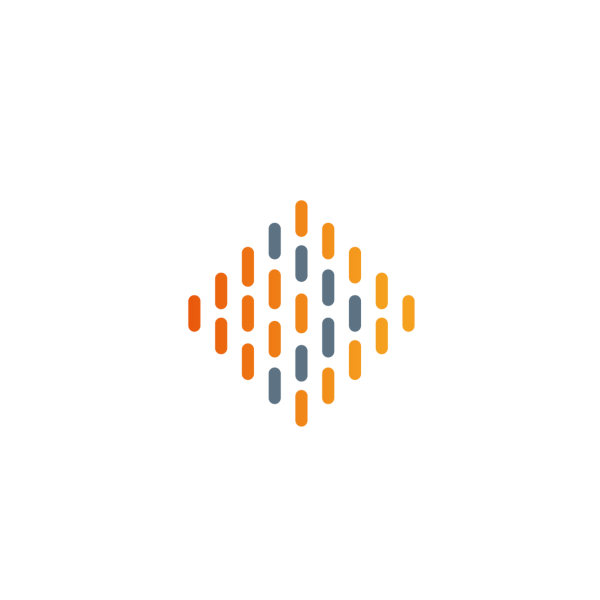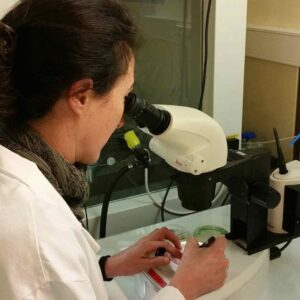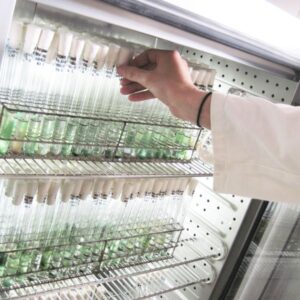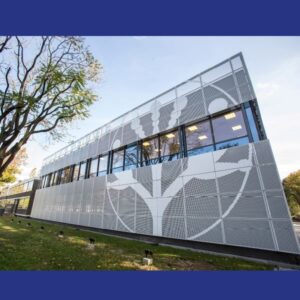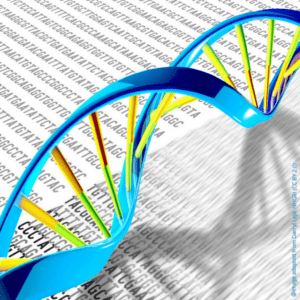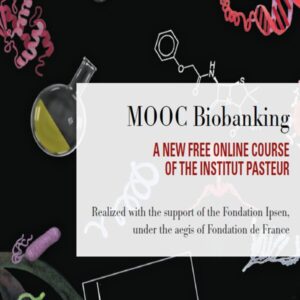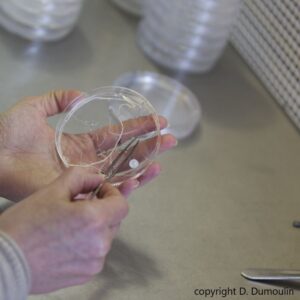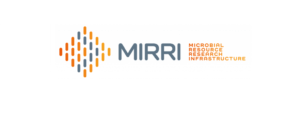*All images used are for illustrative purposes only
Basic fungal biology and taxonomy, recognizing the main genera and identifying the most important species, hands-on microscopical observation of 80 species, techniques for analysing the indoor environment and the outdoor air (sampling, etc.), recent developments in fungal identification, basics in molecular identification of fungi (theory), links with human health.
Management of culture collections: regulatory affairs (CBD, NP, transport, Budapest Treaty), quality management (ISO 9001:2015 and ISO 20384:2018), information management, cost calculations.
Theory and practice of microbial preservation: isolation, cultivation, and preservation techniques. Choice of organisms: fungi, bacteria, cyanobacteria, diatoms or other microalgae.
Identification of Alicyclobacillus sp. and guaiacol-producing Alicyclobacilli by PCR-RFLP and sequencing, using genus and species-specific primers. Strain identification will be carried out by standard PCR reactions (followed by RFLP and sequencing of the products) using primers designed for the housekeeping genes: rpoB and gyrB, as well as a fragment of the guaiacol synthesis involved vdc operon.
Virology, classification of viruses, their pathogenic potential and most important representatives. Viral biology and life cycle. Structure and properties. Viroids, prions, plasmids, and transposons. Defence mechanisms against intrusion of external genetic elements. Priciples of antiviral therapy and vaccination, antiviral agents. Mechanism of the tumorigenesis and on the oncogenic potential of various virus groups.
Microbial biology and biochemistry, including systematics, morphology, physiology, and diversity of biochemical processes of microorganisms, their ecological role, practical applications, introduction to methods of sterile laboratory work, bacterial isolation, quantification and identification.
Culture collections as Microbial Biological Resource Centres (mBRCs): role, functions, services and quality management systems. Main regulations affecting the use of microbial resources. Methods of preservation and recovery of eukaryotic and prokaryotic microorganisms (bacteria, fungi, and yeasts). Purity, viability, and authenticity testing, preparation of working strains and stock cultures and standardised inoculum. Classical microbiological techniques for phenotypic and physiological characterisation, molecular techniques based on nucleic acids, protein profiles, fatty acids, etc.
Theory and practice of morphological and molecular identification of air-, water- and food-borne fungi and yeasts, teaches the recognition of the main fungal genera responsible for food and indoor environment contamination. Includes: Introduction to Fungi and its phyla, Indoor fungi, Food borne and aquatic fungi.
Hands-on training on field sampling, isolation, cultivation, and cryopreservation of cyanobacterial strains. Taxonomy of cyanobacteria. Morphological and molecular characterisation of cyanobacterial strains. Use of a Quality Management System to maintain a laboratory collection.
Theory and practice of isolation, cultivation, handling, and preservation of cyanobacteria. Taxonomy of cyanobacteria. Morphological and molecular characterisation of cyanobacteria.
Bacterial pathogen population biology and public health applications.
Phylogenomics of bacterial pathogens, and diagnostic implications.
Fundaments of a Quality Management System, study of the requirements of the ISO 9001, risk assessment, importance of Biobank accreditation, difference between accreditation and certification, good laboratory practices.
Mycological techniques and specialized culture media. Methods for detection, isolation and identification of fungi in food and feed commodities. Mycotoxin occurrence and detection. Molecular identification of microorganisms. Hands-on practice in morphological and molecular techniques.
Most Cyanobacteria are rich producers of Natural products.
Cyanobacteria, microalgae and biofuels: from naturally produced to industrial process, by a loop in the lab.
A concise overview of the biodiversity of fungi with focus on systematics and general ecology of fungi, soil mycology, and diagnostics of plant pathogens. Visual and molecular recognition methods will be discussed and hands-on training on the morphological recognition and cultivation of fungi be provided. Includes cultivation methods, phylogenetic relationships, up-to-date taxonomy, important aspects of fungal biology (i.a., life-cycles, pathogenicity, applications).
Detection and identification of food- and indoor fungi including the most recent developments. Hands-on training on phenotyp-based identification on more than 50 examples of relevant fungi and yeasts. Generation of high quality sequence data from a culture (theoretical) and a hands-on training in DNA based identification, sequence data interpretation and analysis. Lectures include: Fungi and living crops, Spoilage of processed food, Fungi and mycotoxins, Fungal indoor growth and health aspects, The fungal spore in food mycology, Next generation sequencing for food quality and safety, Fungal phylogeny, MALDI-TOF and other proteomics approaches, Bioinformatics.
Introduction to microbiology, novel taxonomic methods, functioning of mBRCs, role of mBRCs in research and development.
Genome-wide analysis and characterization of bacterial pathogens are essential tools for infectious diseases analysis and surveillance, identification of clusters of concern and emerging clones. Combined with curated nomenclature reference database, they can provide the international research community and applications to public health surveillance with a common language to better understand and address the challenge of known and emerging bacterial pathogen strains, in particular the antibiotic-resistant bacteria. Next generation Sequencing boosts epidemiological understanding and surveillance of bacterial pathogen strains, by providing (i) accurate identification of pathogenic strain variants through genomic taxonomy and sequence typing based on reference nomenclatures (i.e. BIGSdb-Pasteur), (ii) analysis of sequences of concern (i.e., virulence and antimicrobial resistance mutations) and (iii) characterization of their genetic contexts (e.g., genomic location of sequences of concern on mobile genetic elements such as plasmids). Access to such data enable international research projects in population biology, source tracking, epidemiology, and surveillance of bacterial pathogens, including multidrug resistant, in One Health and Global Health contexts.
Biobank management for industrial microbiology and biotechnology.
Biobanking activities: storage, transport, ethics and regulation, biosafety of microorganisms and toxins. Equipment needed to maintain biological materials under conditions optimal for their use and preservation. Sample-associated data storage in interactive databases.
Bioprospecting photosynthetic microorganisms from natural environments, laboratory procedures for clonal/unialgal or axenic culture establishment, strain characterisation and conservation methods, culture scale-up and growth patterns characterisation, biomass processing and standard analysis.
Hands-on training on all techniques related to the aseptic in vitro cultivation of obligate arbuscular mycorrhizal fungi in association with excised roots or autotrophic plants.


